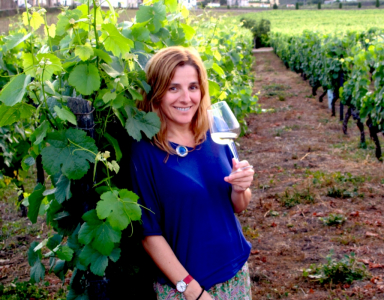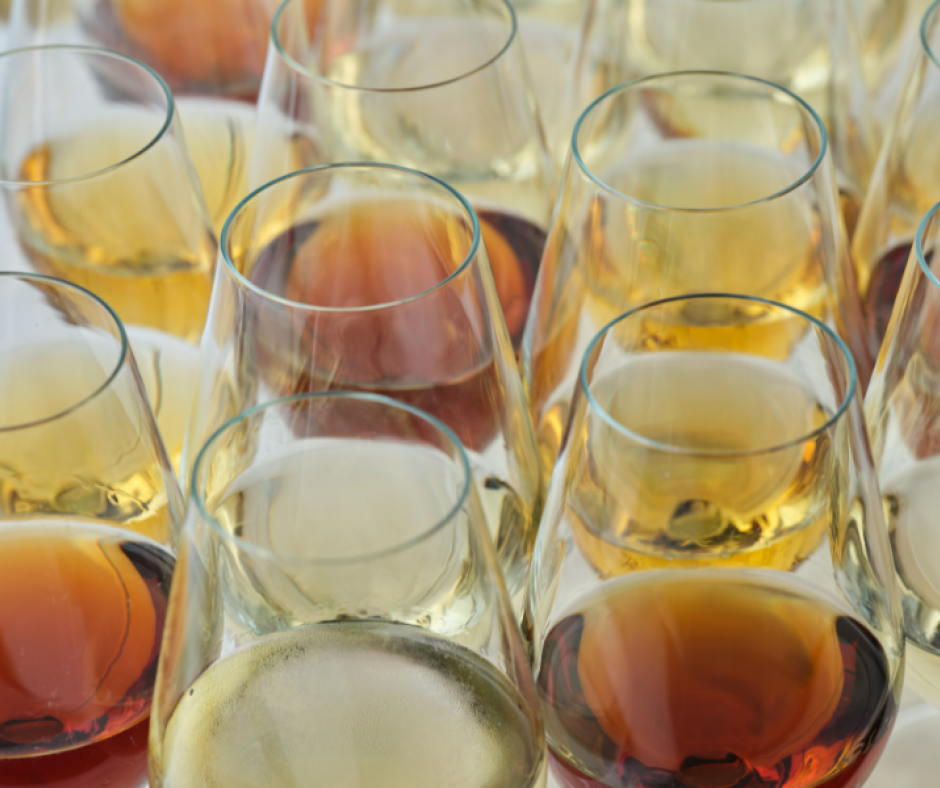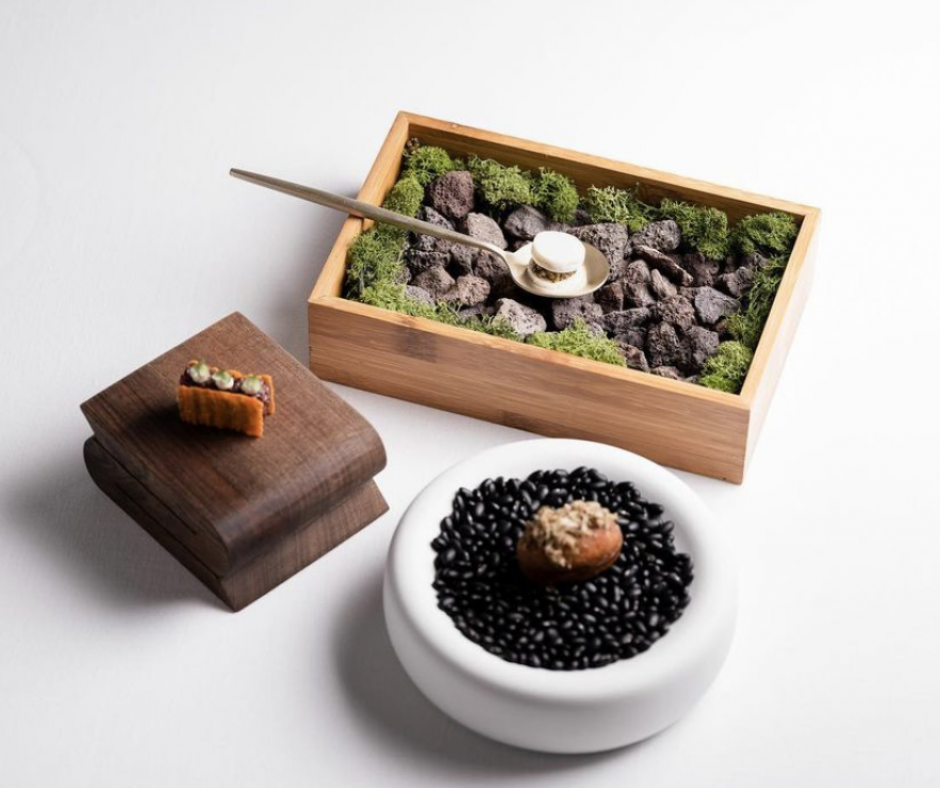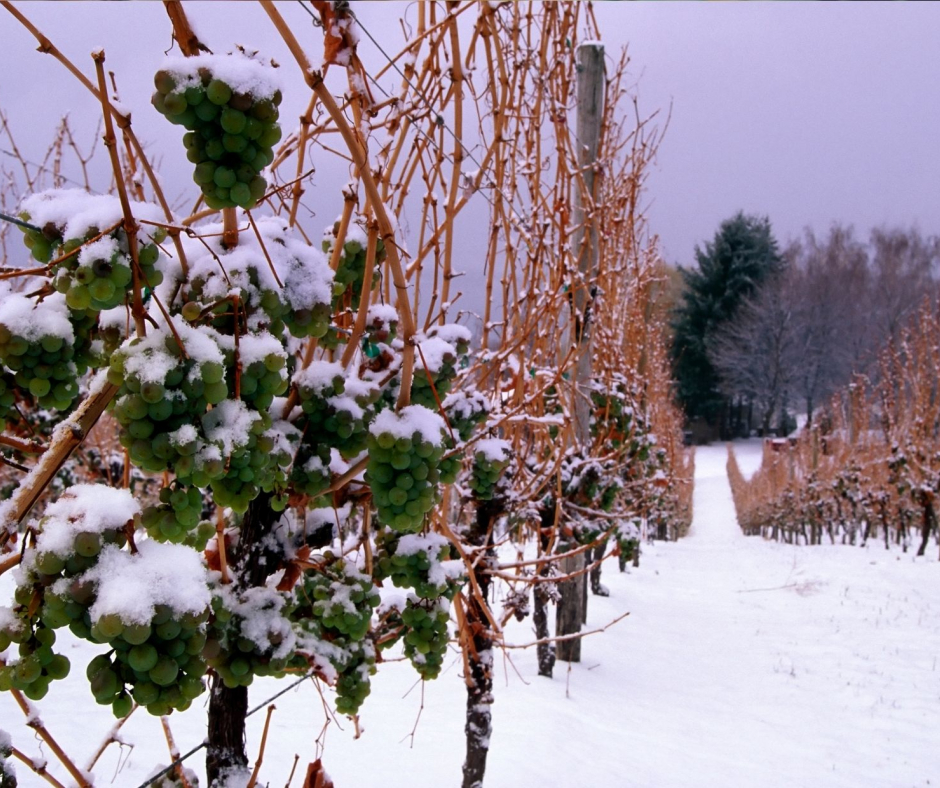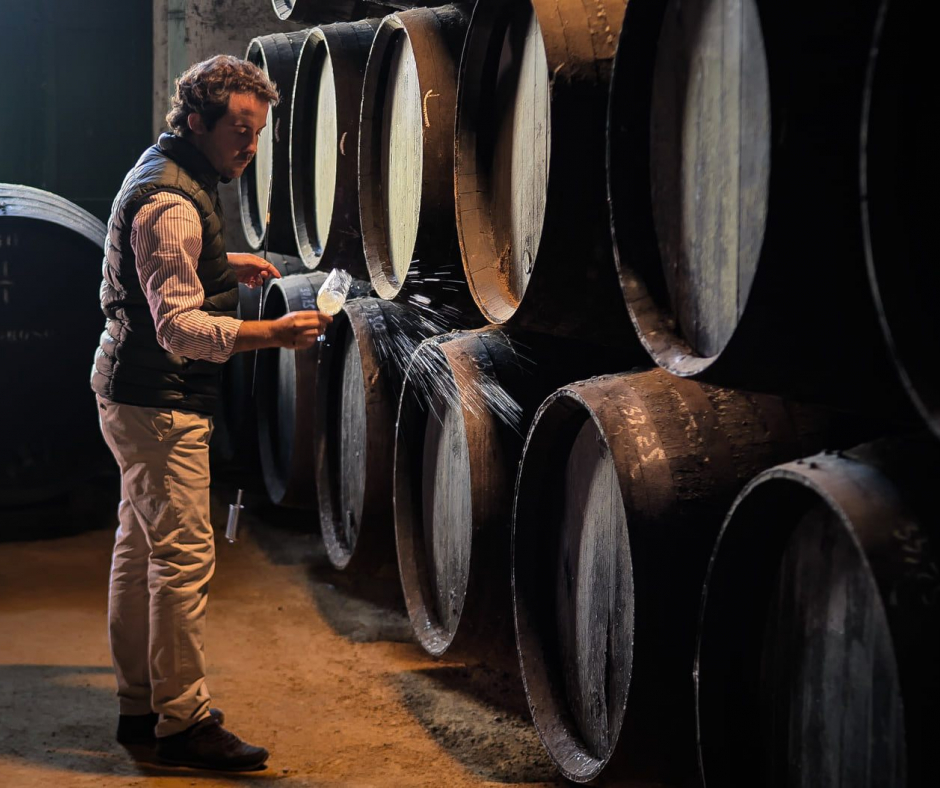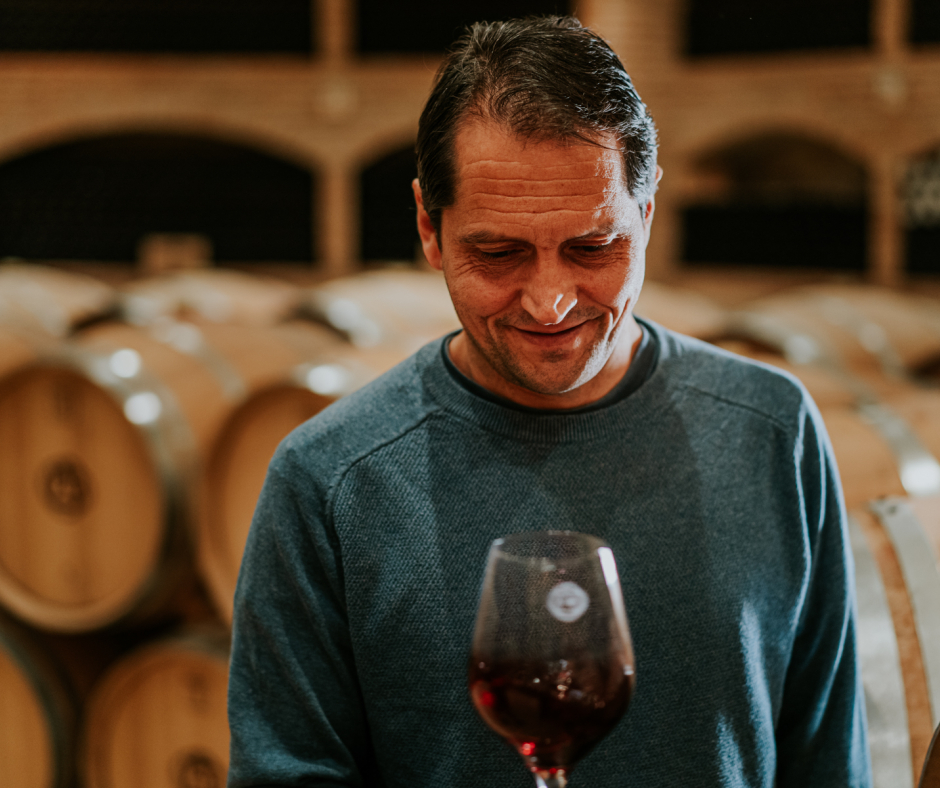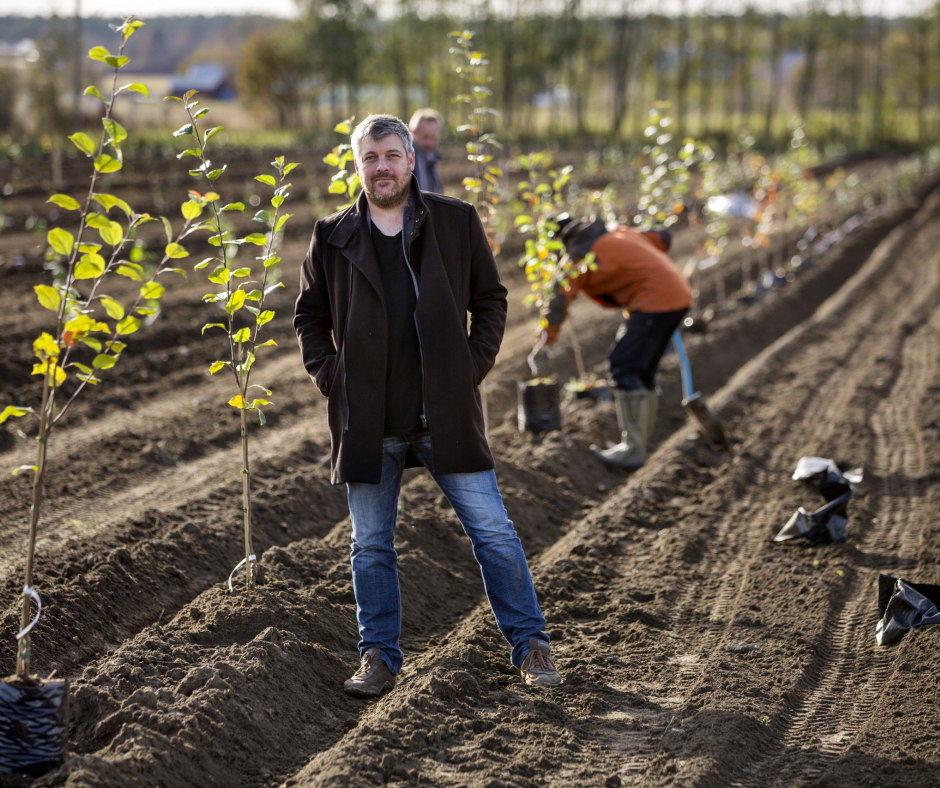What do Sherry, Port and Marsala have in common? These are not only cities with a great tradition of winemaking but they have also given their names to some of the great fortified wines of the world.
It is not known exactly when the addition of alcohol to wine began. The Arabs of Al-Andalus who cultivated vines in Jerez had long used distillation for medicinal purposes, and it is very probable that the Christians who conquered them benefited from this knowledge. What is known is that this practice, which began to spread in the XVII century, mainly thanks to the English, was used to limit the capacity of yeasts to transform the sugar in the must into alcohol and stabilise the wine so that it could cope with changes in temperature and humidity during the long sea journeys of those past centuries.
Nowadays there are other techniques for keeping wines in optimum condition but the art of fortification using added alcohol is still being practised in places like Spain, Portugal, the south of France and Italy, Cyprus, Australia, South Africa and California. Its consumption has diminished notably since the XVII and XVIII centuries when it was always on the tables of the noble and powerful people of the world, yet the tradition of fortified wines remains alive.
In Spain, the best-known production area is Jerez, but there are other areas which also produce this style of wine, wines of great quality and longevity which deserve to be better known. Generally speaking they are fortified with alcohol derived from wine and they usually have a strength of between 15% and 20% according to their concentration. It is the timing of the fortification of the base wine which determines whether the final style will be sweet or dry: the earlier it is added the sweeter the resulting wine will be. If it is added after fermentation, as is the case of Finos or Olorosos, the final wine will be dry.
Jerez-Xérès-Sherry
The regulations of the Consejo Regulador dictate that Sherries must have a minimum alcohol content of 15° in the case of Palominos destined for biological ageing, and 17° for wines destined for oxidative ageing, thus impeding the development of the flor yeast, so the wine ages exposed to oxygen. To reach these alcohol levels the bodegas fortify their wine with alcohol derived from wine, although one or two exceptions have begun to appear like the Fino La Barajuela which reaches 15% naturally thanks to the careful work which the bodega (Luis Pérez) does in the vineyard.
The naturally sweet wines such as Moscatel and Pedro Ximénez are fortified early to stop the fermentation and retain the concentration of sugars and their oxidative character.
In recent years a growing number of producers in the area have begun to produce white table wines mainly from Palomino. Although they age in butts and come from albariza vineyards classified by the DO, they don’t reach 15% alcohol so, for the moment, they can’t carry the seal of the Consejo Regulador.
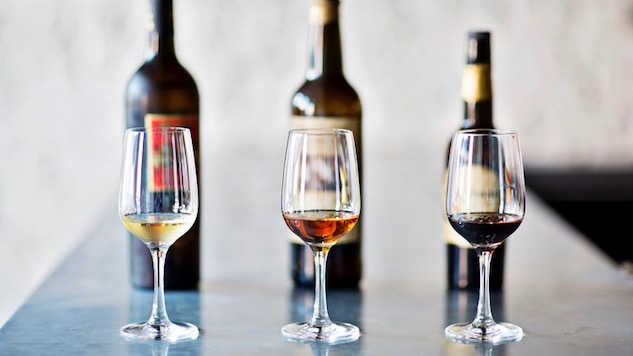
Montilla-Moriles
The hot dry climate of this region of Andalucía where the Pedro Ximénez reigns supreme and where it is not unusual for summer temperatures to reach 40°, allows the biologically aged wines to the reach 15% necessary for the development of flor without the need of fortification, and the regulations of the Consejo Regulador accept this.
For Amontillados, Olorosos and Palos Cortados, the DO Montilla –Moriles establish that “the acquired alcohol level can be adjusted using fortification in order to achieve a minimum of 16% by volume” (15% for Palos Cortados).
In the case of the sweet Pedro Ximénez, whose sugar content must be at least 450 g/l, the must is fortified during fermentation so as to reach 9% vol because the transformation of the sugar is very slow. Later it is readjusted with wine based alcohol or with the addition of other wine from the same DO so as to reach 15%-22%, the strengths required by the Consejo.
Málaga
The winemaking tradition in Málaga dates back to the Greeks who, according to the historian Guillén Robles, “taught the local people how to prune vines” towards the year 600 BC. The most decisive period for Málaga wines was during the XVIII and XIX centuries when they were exported to half the world – Catherine the Great, the Tsarina of Russia, liked them so much that she excused them from taxation throughout her empire. The arrival of Phylloxera at the end of the XIX century almost destroyed everything and the area of vineyard fell from the 113,000 hectares of its heyday to the current 1,200.
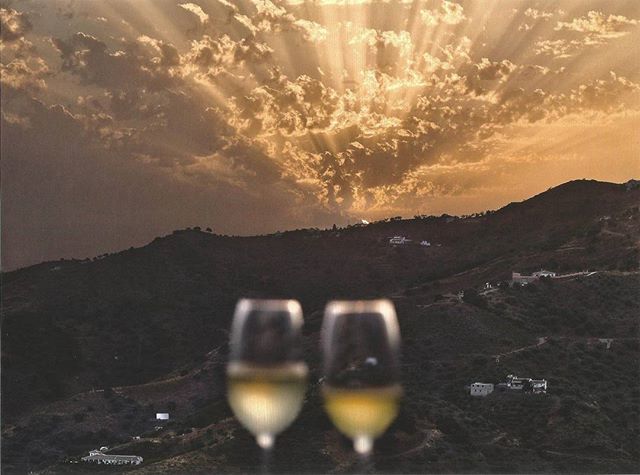
Pedro Ximénez and Moscatel are the principal grape varieties for the DO fortified wines of Málaga province which have an alcoholic strength of between 15-22% by volume. Apart from whether or not there is the addition of alcohol, the complex regulations have established distinct types of wine depending on precisely when they are fortified, the period of ageing, alcoholic strength, sweetness and colour.
Depending on when the alcohol is added and whether the must comes from fresh or overripe grapes, various types of sweet wine are classified:
- Vino Dulce Natural is made from musts of fresh grapes in which the fermentation is stopped by means of adding alcohol.
- Vino Maestro is made from musts of fresh grapes in which the addition of alcohol takes place before fermentation but in a quantity which allows it to be very slow and incomplete, leaving the wine sweet. It is a style which is becoming rare.
- Vino Tierno is made from grapes which have been sunned for a long period of time giving musts with a very high sugar content. Fermentation is stopped by the addition of alcohol.
As to ageing, the Málaga wines are called Pálido (up to 6 months) Málaga (6-24 months), Noble (2-3 years), Añejo (3-5 years) and Trasañejo (over 5 years in solera).
Condado de Huelva
Cultivation of the vine in the old Condado de Niebla, the current production zone which lies between the Sierra de Aracena and the Doñana National Park, dates back to the XIV century, reaching its apogee in the XVI century with exports of wine to England, Holland and the Indies from the ports of Moguer and Palos. After the removal of the Casa de Contratación de Indias to Cádiz, the epicentre of wine exports moved there bringing about the decline of the wines of Huelva which continued producing wine which was used anonymously to refresh the soleras in Jerez.
The fortified wines covered by the DO Condado de Huelva, which are aged for a minimum period of three years in butts and bocoyes (butts of a larger capacity) using the solera system, come in the following categories:
- Condado Pálido is made by biological ageing under flor and fortified to between 15 and 17% and is in the style of Fino.
- Condado Viejo is aged oxidatively and fortified to between 15 and 22% resulting in Oloroso style wines.
The main authorised grape varieties are Zalema, Palomino Fino, Listán, Garrido Fino, Moscatel de Alejandria and Pedro Ximénez.
The Naturally Sweet Wines of Empordá
The culture of wine has existed in this part of Cataluña since the Greeks established their colony of Ampurias.
The tradition of fortifying the sweet wines of the region is still alive with the Moscatels, Mistelas (red and white) and the Garnachas of Empordá which are made from grapes which are over-ripened on the vine and the fermentation is stopped with wine based alcohol to achieve a maximum of 20% by volume (18% in the cases of Moscatel and Mistela Blanca).
With respect to oxidative ageing periods, Garnacha del Empordá is classified from Crianza (three years) up to Vieja Reserva (more than ten years in oak). Sometimes the solera system is used and here the wine must remain for a minimum of two years.

Dorado de Rueda
Long before the explosion of the pale fruity Verdejos in the last quarter of the XX century, the Rueda area was better known for its oxidatively aged white wines made from Verdejo and Palomino, a variety planted in the area after after Phylloxera, but now in decline. Nowadays the Dorado wines represent a negligible part of the millions of litres which flow from this region in Castilla, but a handful of bodegas refuse to let the tradition die.
The wines are made now with over-ripened Verdejo grapes and are fortified with a minimum alcoholic strength of 15% and a minimum ageing period of four years, the last two being in oak barrels. The traditional vinification process is in demijohns which are exposed to the summer sun before ageing in soleras. Their golden colour and crisp, toasted aromas resemble the Amontillados of the south.
Aromatised wines
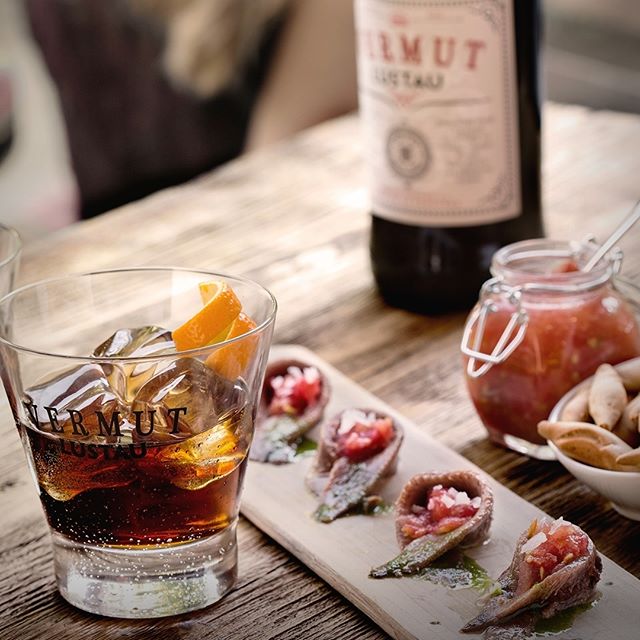
The aromatised wines like Vermouth, Quina or the Orange Wine of Huelva to which are added herbs or natural aromatic substances, represent a subcategory of fortified wines since grape spirit is usually added.
According to European legislation, at least 75% of the product must be wine.
